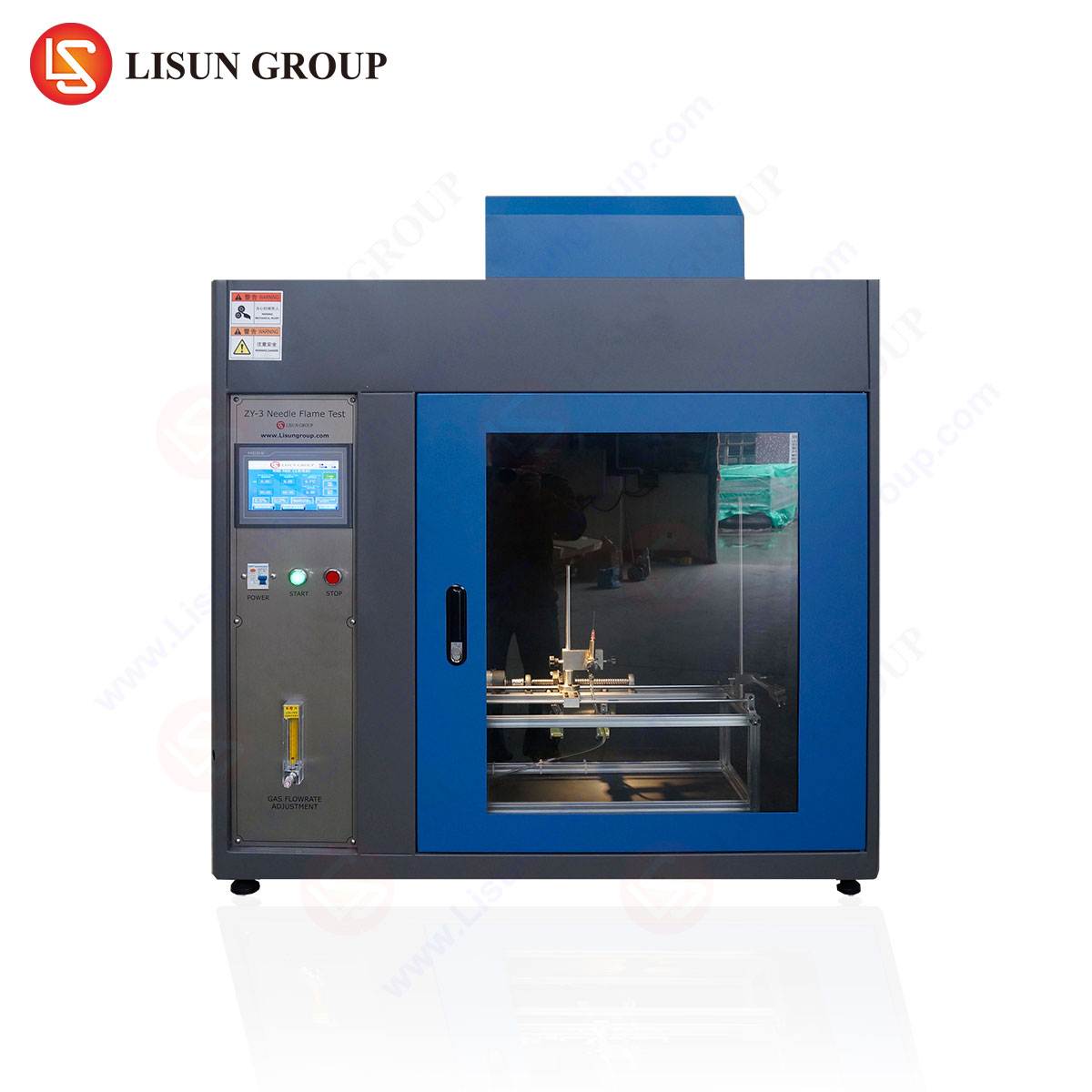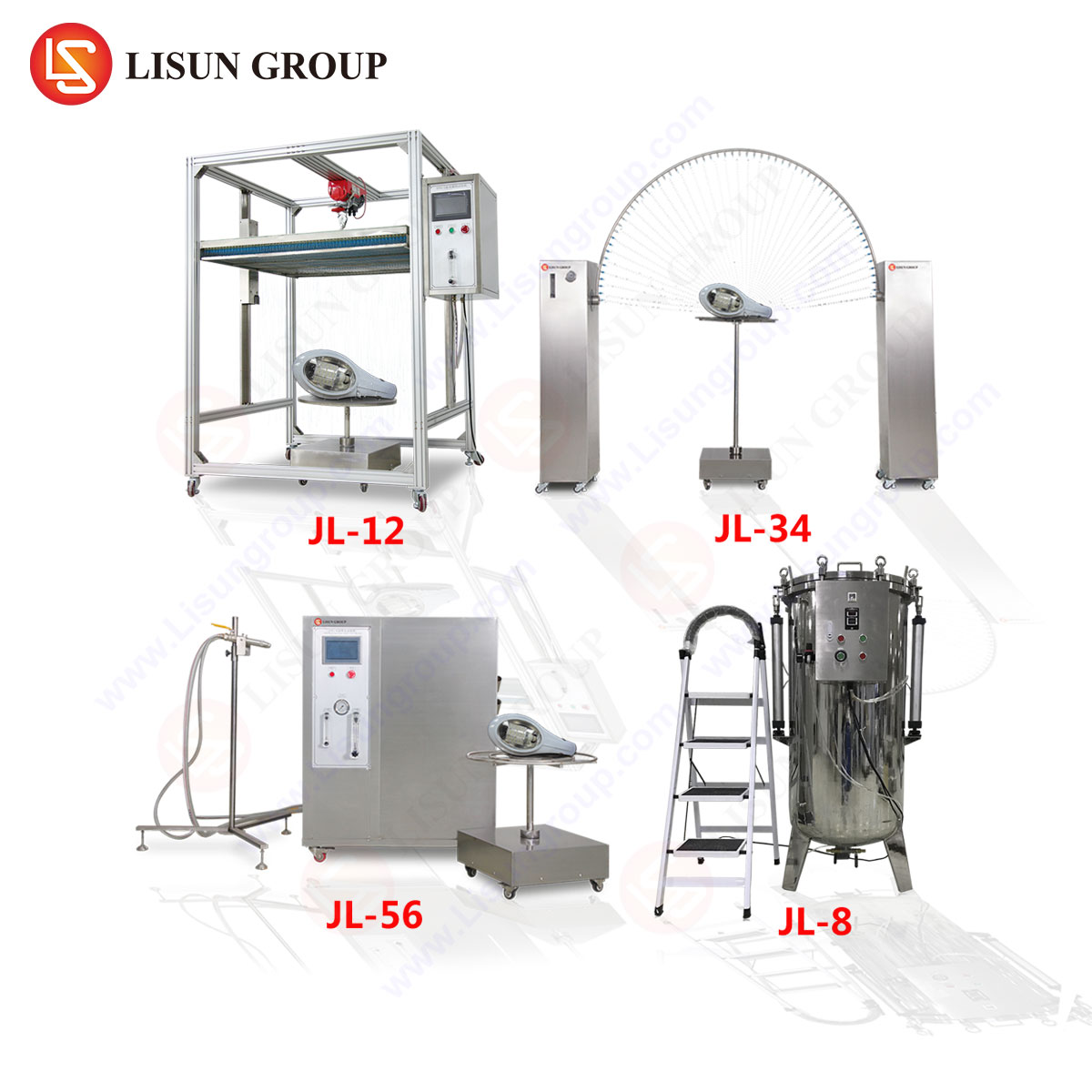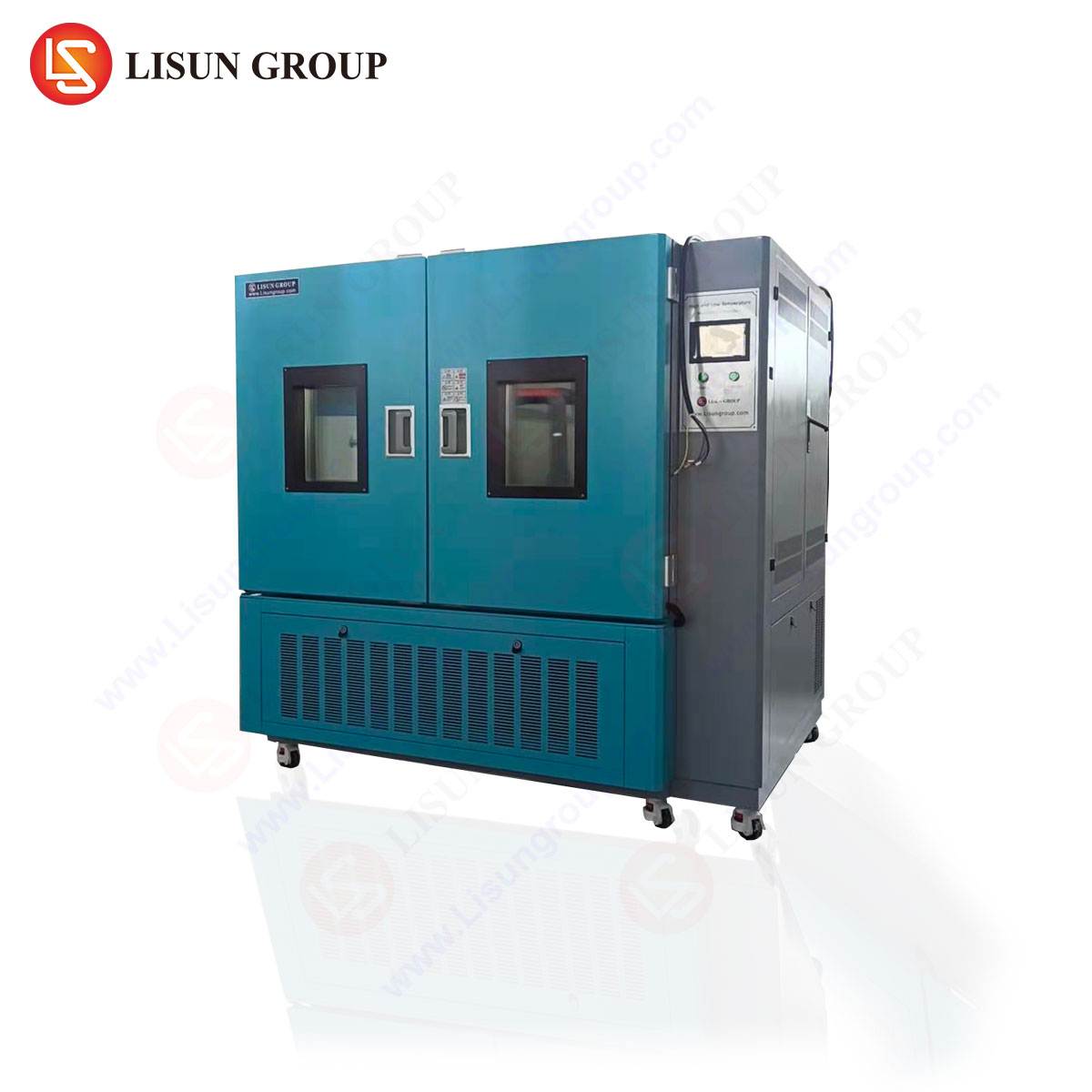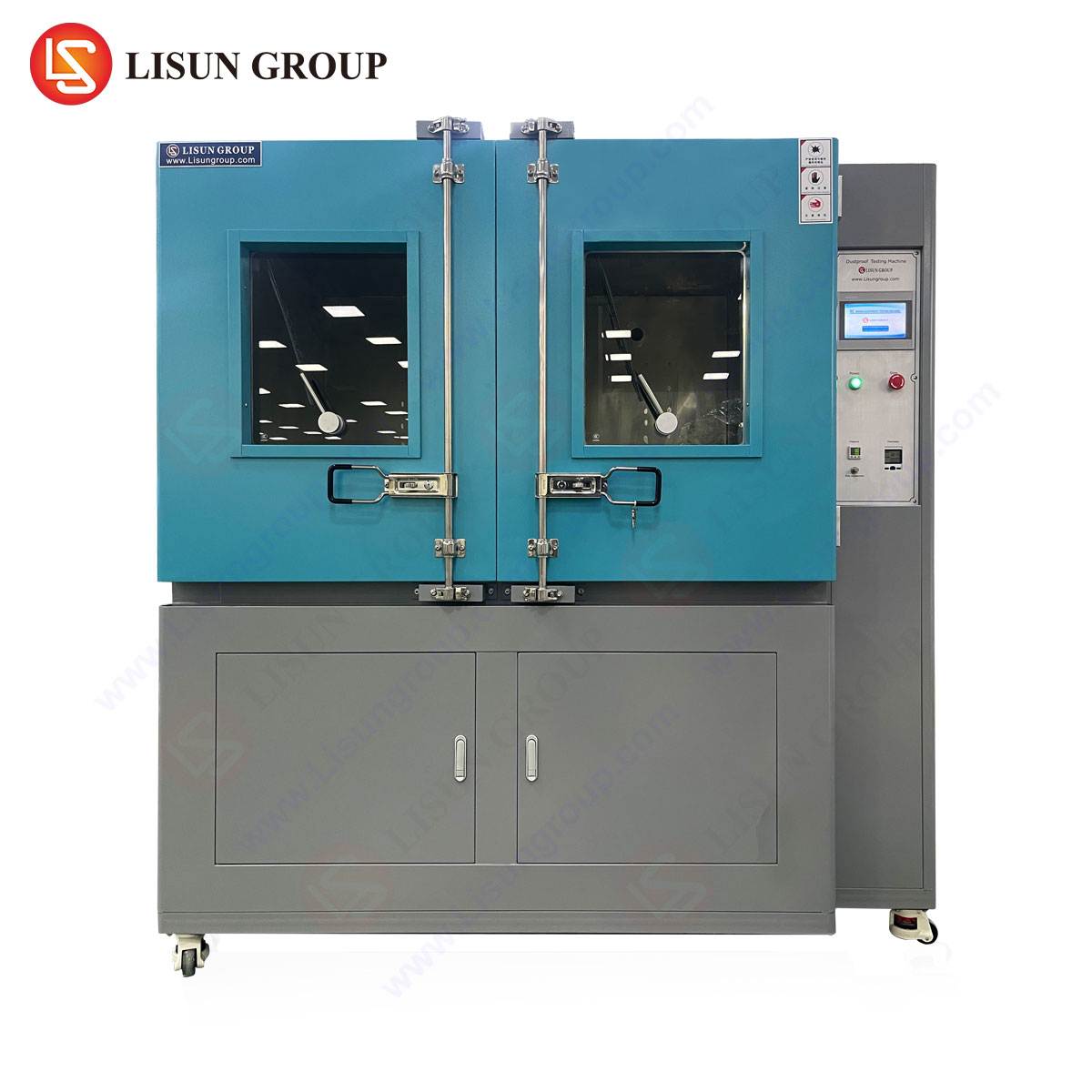Fundamentals of Thermal Cycling Testing
Thermal cycling chambers are critical instruments in reliability testing, designed to evaluate the performance and durability of materials and components under alternating high and low temperatures. These chambers simulate real-world environmental stresses by subjecting test specimens to controlled thermal transitions, enabling the identification of potential failure mechanisms such as solder joint fatigue, material delamination, or component warping.
The LISUN GDJS-015B exemplifies a high-precision thermal cycling chamber, engineered to meet stringent industry standards, including IEC 60068-2-14 (Environmental Testing – Part 2-14: Tests – Test N: Change of Temperature) and MIL-STD-810G (Method 503.6 – Temperature Shock). Its rapid transition rates, uniform temperature distribution, and programmable test profiles make it indispensable for industries requiring rigorous thermal stress validation.
Mechanical and Operational Design of the GDJS-015B
The GDJS-015B employs a dual-zone architecture, segregating high-temperature and low-temperature compartments to facilitate rapid thermal transitions. Key specifications include:
| Parameter | Specification |
|---|---|
| Temperature Range | -70°C to +150°C |
| Transition Rate | ≤5°C/min (standard), ≤15°C/min (optional) |
| Internal Volume | 500L |
| Temperature Uniformity | ±2°C |
| Control System | Touchscreen PLC with data logging |
The chamber’s refrigeration system utilizes cascade compressor technology, ensuring stable ultra-low temperatures, while resistive heating elements provide rapid warm-up phases. An integrated air circulation system minimizes thermal stratification, guaranteeing uniform exposure across test specimens.
Testing Principles and Failure Mode Analysis
Thermal cycling induces mechanical stress due to the differing coefficients of thermal expansion (CTE) among bonded materials. In automotive electronics, for instance, repeated heating and cooling cycles can lead to solder joint fractures in engine control units (ECUs). The GDJS-015B replicates these conditions, allowing engineers to quantify:
- Thermal fatigue life (number of cycles before failure)
- Delamination resistance in PCB substrates
- Hermetic seal integrity in aerospace components
A case study involving telecommunications equipment demonstrated that fiber-optic transceivers subjected to 1,000 cycles (-40°C to +85°C) exhibited connector misalignment due to polymer housing deformation. The GDJS-015B’s precise temperature ramping enabled the identification of this failure mode, leading to material redesigns.
Industry-Specific Applications
1. Automotive Electronics Validation
Automotive modules, such as battery management systems (BMS) and LED headlamps, must endure extreme temperature fluctuations. The GDJS-015B’s rapid cycling capability (-40°C to +125°C in <10 minutes) ensures compliance with AEC-Q100 (Automotive Electronics Council) qualification standards.
2. Medical Device Reliability Testing
Implantable devices, including pacemakers and insulin pumps, undergo thermal cycling to verify hermetic seals. The chamber’s condensation control feature prevents moisture ingress during transitions, a critical factor in ISO 14708-1 (Active Implantable Medical Devices) testing.
3. Aerospace Component Certification
Avionics systems face thermal extremes from ground operations to high-altitude flight. The GDJS-015B’s MIL-STD-810G compliance ensures avionics enclosures and wiring harnesses withstand -55°C to +85°C without performance degradation.
Competitive Advantages of the GDJS-015B
- Enhanced Transition Speed: Optional 15°C/min ramping outperforms conventional chambers (typically 5°C/min), reducing test duration.
- Multi-Standard Compliance: Validated against IEC, MIL-STD, and ISO protocols, ensuring cross-industry applicability.
- Real-Time Data Logging: Integrated USB/RS-485 interfaces enable continuous monitoring of temperature, humidity (optional), and specimen resistance.
FAQ Section
Q1: What is the maximum load capacity of the GDJS-015B?
The chamber supports up to 50kg of test specimens, with adjustable shelving configurations for varied component sizes.
Q2: How does the GDJS-015B prevent frost accumulation during low-temperature cycles?
A dynamic defrosting system activates during idle periods, eliminating ice buildup without interrupting test sequences.
Q3: Is the chamber suitable for testing lithium-ion batteries?
Yes, the GDJS-015B meets UN 38.3 (Transport of Dangerous Goods) requirements for battery thermal cycling, including safeguards against thermal runaway.
Q4: Can custom temperature profiles be programmed?
The PLC controller allows user-defined ramps, dwell times, and cycle counts, accommodating proprietary test protocols.
Q5: What maintenance is required for the refrigeration system?
Annual inspections of compressors and refrigerant levels are recommended, with filter cleaning every 500 operational hours.







